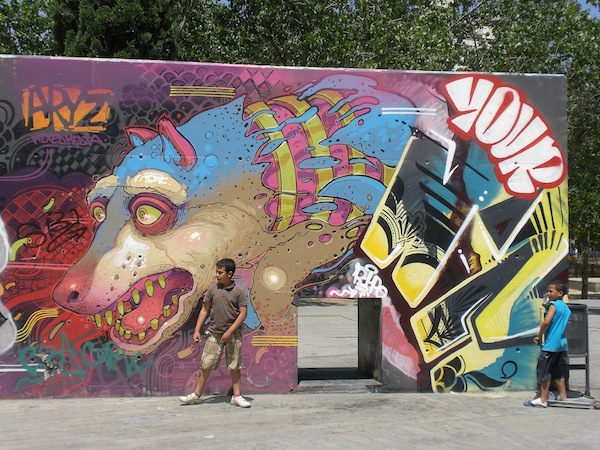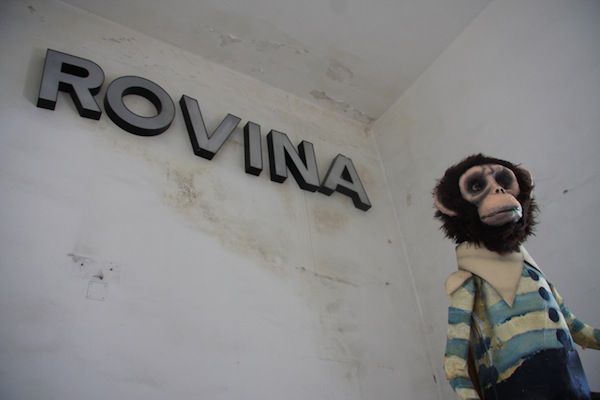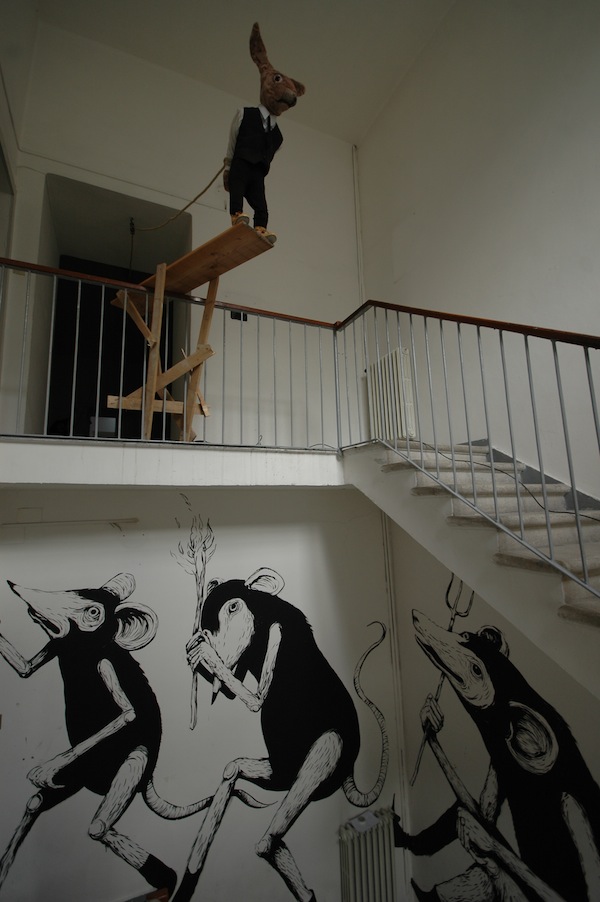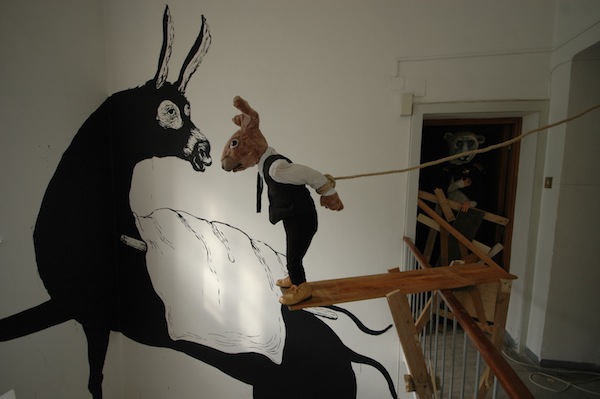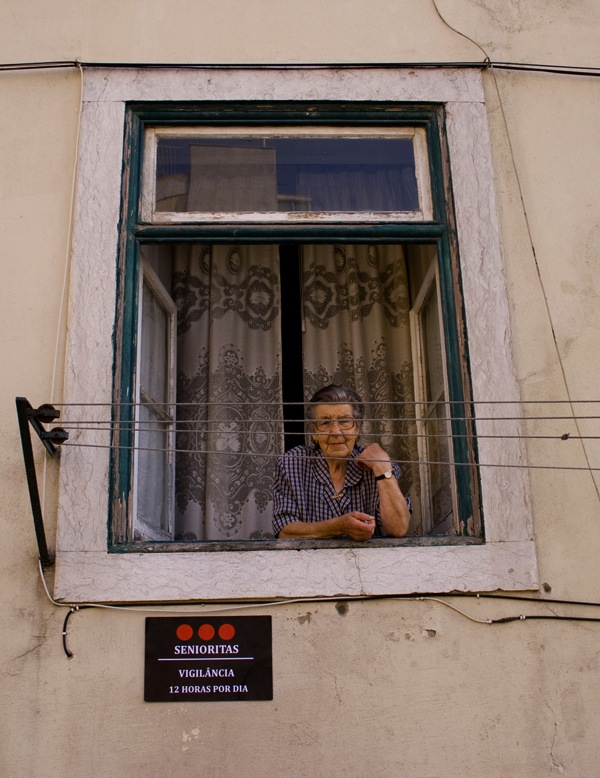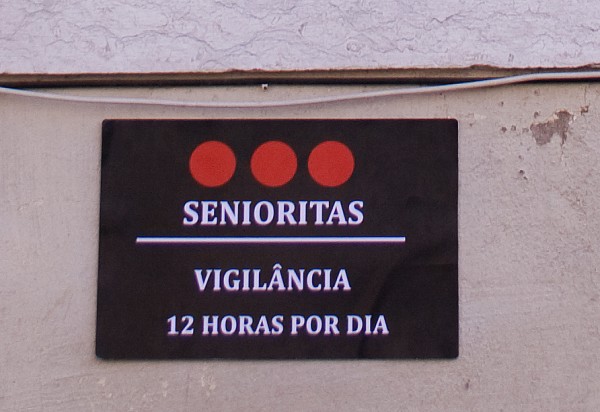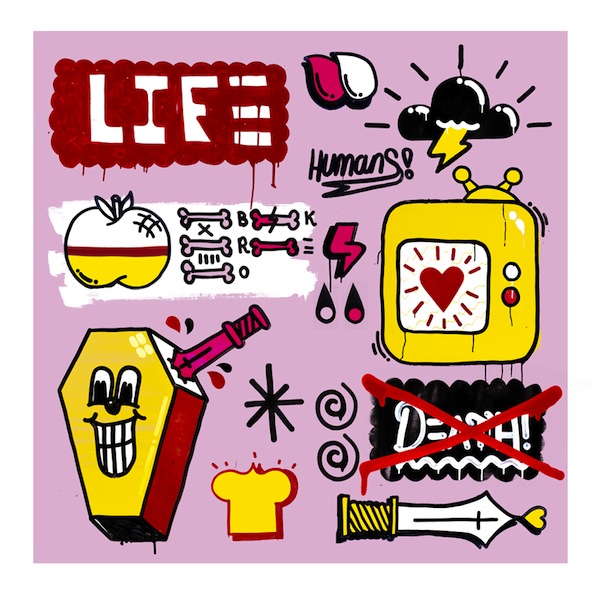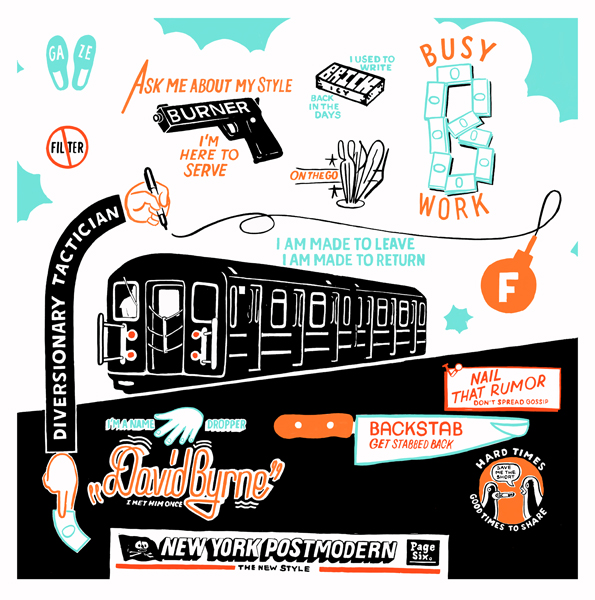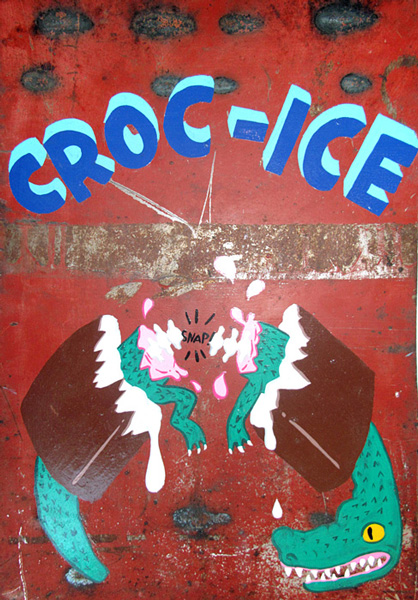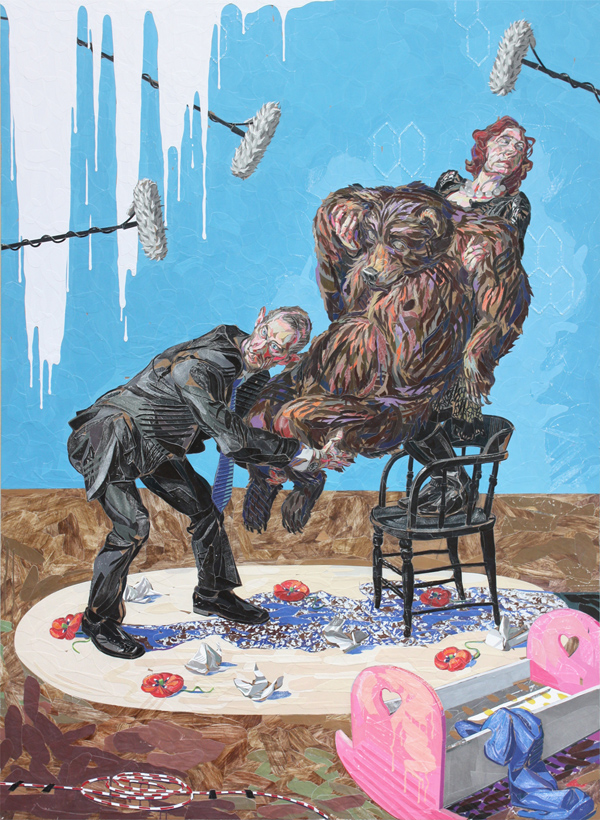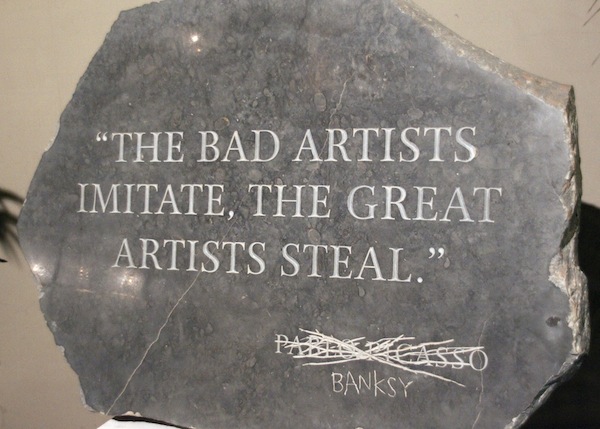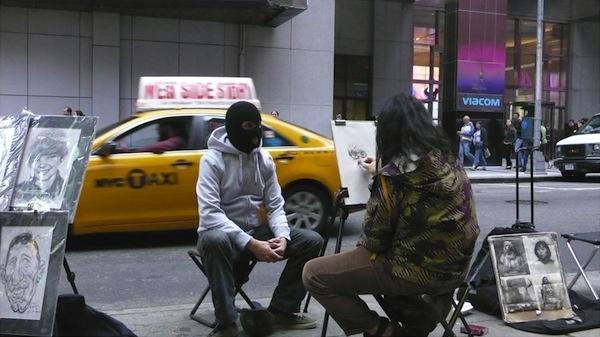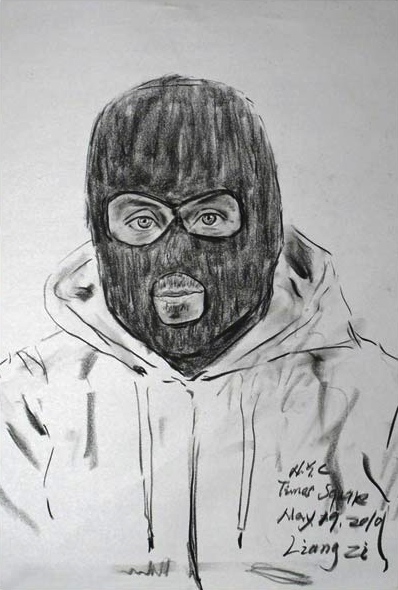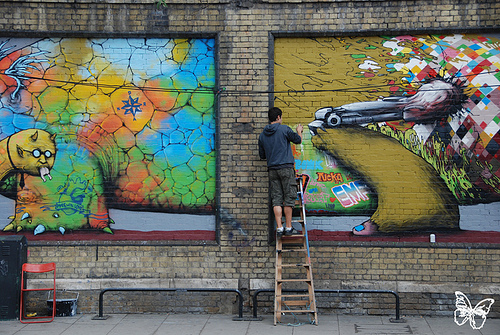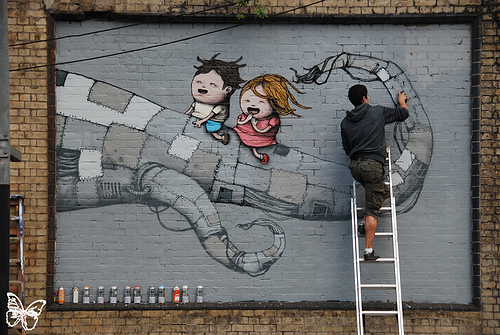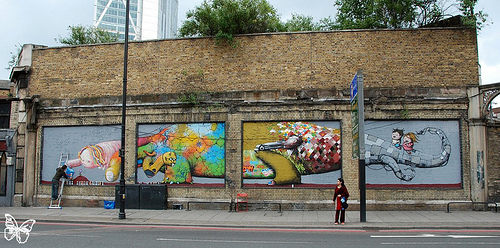Dan Witz is one of street art’s legends. For more than 30 years, Dan has continued to develop and innovate indoors and outdoors, always staying fresh and above art-world trends. He’s one of the artists that inspired countless others to start painting outside. People, street art obsessed or otherwise, tell stories about discovering Dan’s work by accident.
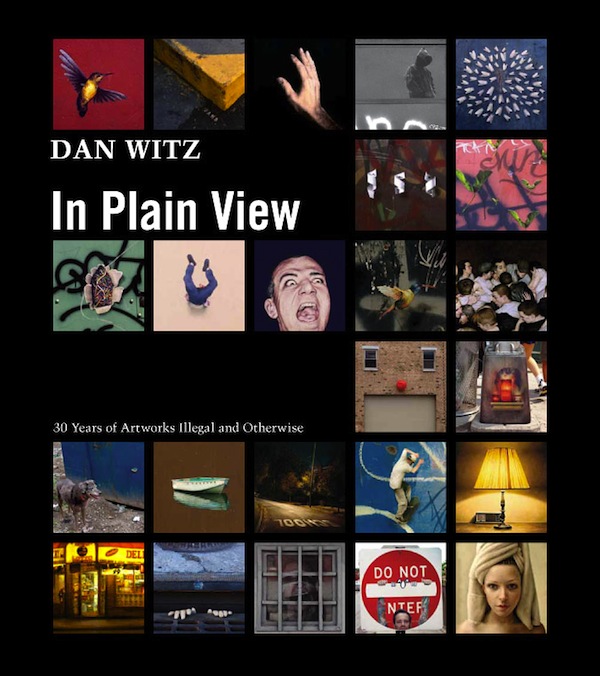
This month, Dan Witz had a massive book published by Ginko Press. Dan Witz: In Plain View: 30 Years of Artworks Illegal and Otherwise is an overview of Dan’s artwork from the 1970’s all the way through 2009, as well as a very in-depth interview with Dan by Marc and Sara Schiller of Wooster Collective. It’s one of the most satisfying art books that I’ve seen, because you really do learn a lot about the artist and gain a new understanding of the artwork without too much effort. I guess that means it’s a successful book, not just a collection of images.
is an overview of Dan’s artwork from the 1970’s all the way through 2009, as well as a very in-depth interview with Dan by Marc and Sara Schiller of Wooster Collective. It’s one of the most satisfying art books that I’ve seen, because you really do learn a lot about the artist and gain a new understanding of the artwork without too much effort. I guess that means it’s a successful book, not just a collection of images.
Recently, Dan was kind enough to answer some questioned that I emailed him:
RJ: You’re one of the original modern street artists. Off the top of my head, it was pretty much just Jean-Michel Basquiat, Jenny Holzer and Richard Hambleton doing significant “street art” before you. How did working outdoors start for you?
DW: I got started as an art student in the late 70’s. First wandering around Providence and RISD, then while I attended Cooper Union in New York City. In the days before the internet, our knowledge of what was out there was pretty meagre but I was definitely aware of people who were making street art before me. Charles Simonds did his little people dwellings on the lower east side in 1971. Gordon Matta Clark did his building interventions from the mid 70’s to the 80’s; and there were dozens of artists whose names I never knew. Band posters were big in the east village and were very creative and were generally considered to be more a medium for self–expression than for branding or advertising. Jenny Holzer was in that mix but Richard Hambleton—whose work I really admire–came a few years after I started. And Jean Michel’s Samo stuff, which also appeared a bit after me, I enjoyed a lot, but it was generally considered to be tagging or graffiti writing, not street art. There was a lot of like minded written stuff around at the time, if not as charming or original.
The first things that cracked my mind open and got me working on the street were mostly not from the traditional art world. First and foremost was the subway graffiti, the bombed train cars, how extreme and powerful and utterly original that was. Photos don’t do it justice. Still some of the most astonishing art I’ve ever seen. Seeing and feeling one of those freshly spray-painted trains come rumbling and squealing into the station was just an awe inspiring experience.
Then there was punk rock, and the downtown NYC band culture I was a part of. In that world, art, especially high art, was not highly regarded—it was pretty much looked upon suspiciously, as most likely some kind of scam. The galleries and art magazines of that time were dominated by conceptual and highly theoretical works: a lot of reading and deciphering of dense coded texts was required to appreciate it. To us it just seemed boring and joyless and smugly exclusionary and totally irrelevant to the reality of our lives struggling to survive. The default setting for young artists back then was total rebellion. Against whatever you had. So it seemed obvious to body slam the pendulum as hard as possible to the opposite extreme. Continue reading “Q&A with Dan Witz”

